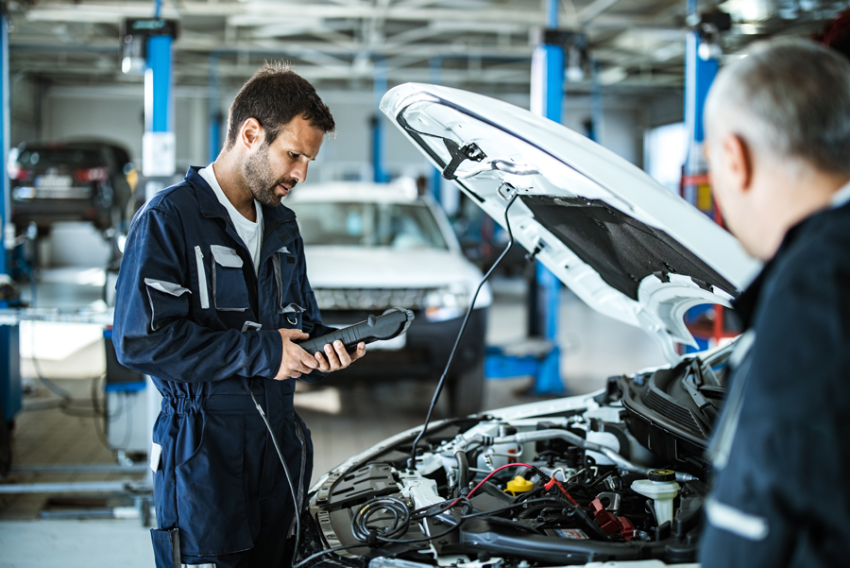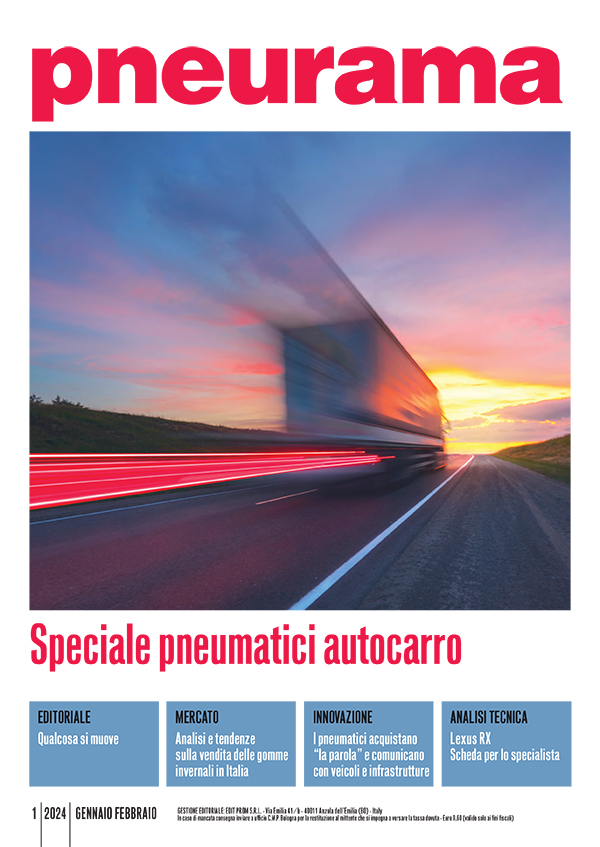New MOT tests in Italy: the never-ending story
Looking back serves no purpose except to learn from mistakes and difficulties, or so it is popularly believed, and in this case too, facts confirm popular wisdom. We are talking about the much heralded 'new inspection protocol', on everyone's lips at least since 31 December 2018 when the Decree commanding the granting of truck inspections to private individuals was published (see Pneurama 1-2019, Autoattrezzati). The Decree gave the Ministry of Infrastructure and Transport thirty days to implement the law. Well, more than five years have passed, and we are still nowhere. How is this possible? Actually, in the meantime something had happened: in addition to the needed clarifications and amendments to the law itself, which in its first draft did not include trailers, on 23 November 2021 the 'Update of the regulations on heavy vehicle inspections' was finally published to regulate the matter. About six months later, during Autopromotec at the conference on MOT inspections in Italy (see Pneurama 3-2022, Autoattrezzati), the top management of the Motor Vehicle Authority announced the prompt issuing of supplementary measures to implement the decree. As of today, 18 May 2023, however, the 'new inspection protocols' are nowhere to be seen. The long-awaited adaptation, not only to the needs of society, but also to the European Directives, has still not materialised, six years after the transposition of Directive 2014/45 dated 19 May 2017. That is enough to discourage anyone. In the meantime, the legislator has not been idle; the deadlines of Regulation 392/2021 are also about to expire, which obliges inspection centres to read the real fuel consumption (OBFCM) via OBD port from May 2023, basically right now; it is a pity, however, that in Italy, inspection centres are still not even equipped with OBD readers, despite the fact that such a requirement is clear given the Directive 2014/45. Why the delay? And to say that, after years of inactivity, since the beginning of 2021 the new management of DG MOT and Division 4 have given a great impetus to the work, as many can testify. According to AICA, the association of garage equipment manufacturers, now is the time to learn from mistakes: 'urgencies' must be prioritised correctly. First and foremost, implementing the directives on truck inspections to be assigned to private centres, followed immediately by the completion of the adjustments to Directive 2104 and the implementation of Regulation 392/2021, which happen to go hand in hand. Other issues can wait; there is no point in devoting resources now to patching up the past when the new scenario is on the home straight. With clear ideas and defined priorities, also drawing on the contribution of professionals in the sector with their specific experience at home and abroad, we can begin to carry out the great work that has been done at a regulatory level, one that is also capable of incorporating foreseeable future changes.
Rfid: innovative tools and processes in tyre service
"Rfid” is fast becoming a magic word in the mobility industry. Used for some time now in the manufacturing industry as a standard for identification through electronic devices, Rfid technology has now definitely made its entrance into the tyre world as well. Physically, it consists of miniaturised electronic system and an antenna, inserted into the tyre during production, which contains data of the individual tyre exchanged with external devices over specific radio frequencies using standardised protocols capable of connecting to 'cloud' databases.
The fact that Rfid can become a decisive tool in the sector is beyond doubt; just think of tyre warehouse management. Road safety will also benefit from the adoption of RFID; through it, in fact, it is possible to know the age of the tyre and its consumption can be estimated, which is also useful during periodic inspections. Not to mention the management and monitoring procedures that Rfid will introduce to aid fleet management, tyre disposal or retreading. The most interesting news for us is that Rfid is also about to become useful for the tyre dealer; equipment manufacturers are already preparing after-sales service applications. Let's assume that a vehicle enters the workshop and the management system immediately opens the vehicle acceptance form; meanwhile the tyre changer, the wheel balancer and the wheel aligner automatically acquire the tyre data to set their operating parameters to their characteristics, dimensions and conditions; at the same time the warehouse manager automatically identifies and picks up the replacement tyres and transfers them to the work area; everything is set up and ready 'just-in-time' as soon as the car arrives at the work station. No more danger of errors or carelessness: the tyre dealer can go about his work with peace of mind and efficiency. Science fiction or reality? One thing is certain: the industry professionals are positive that thanks to Rfid this is largely feasible, and the industry is seriously aiming for it. Michelin, for example, is going ahead with its plan to install Rfid on all its new car tyres starting this year. In their vision, tyres that communicate with the global ecosystem represent an 'infinite potential for innovation and added value for their customers' to the point that Michael Ewert, Michelin's vice president, said: 'We are currently working with car manufacturers on the development of algorithms. Since Rfid ensures the exact identification of the tyre, it is conceivable that in the future the driver will be able to see the status of his tyres on the dashboard next to the fuel level' and perhaps schedule his next visit to his tyre dealer well ahead of time. Nice, but when? Who knows, maybe during the next Futurmotive event in Bologna in November we will


